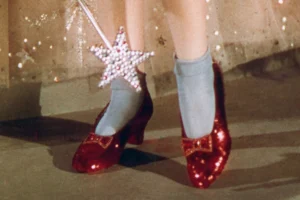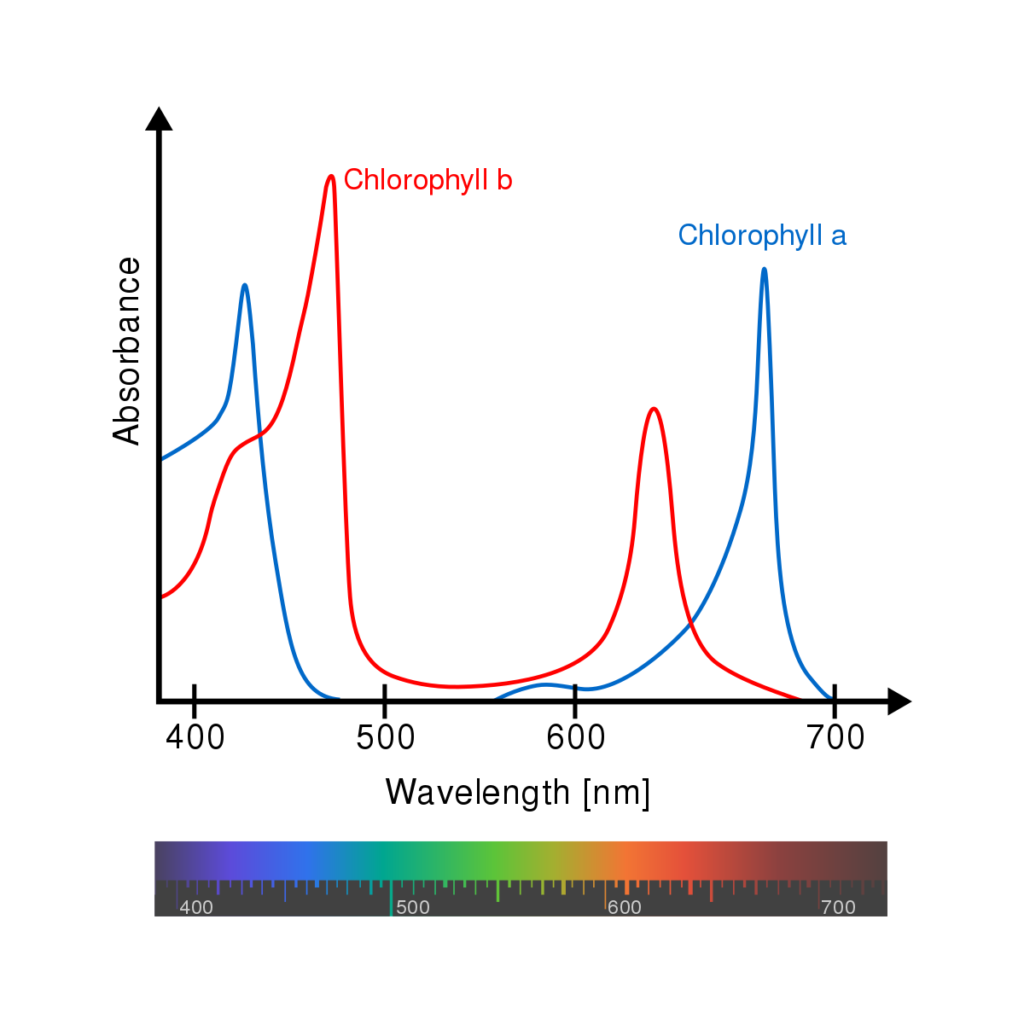C1.3.1 Transformation of light energy to chemical energy when carbon compounds are produced in photosynthesis
Our physical bodies are made up of complex carbon compounds (the most important ones being proteins such as collagen).
Q) How do our bodies make these organic compounds, and where do we get the materials to synthesise them?
Some organisms (plants are the most complex), build their own organic molecules from simple organic molecules such as water and carbon dioxide, using the process of photosynthesis.
This also represents a conversion of the energy in sunlight to chemical energy in the form of organic molecules.
Put very simply, photosynthesis is the process of making food from carbon dioxide and water, using the energy from sunlight to make the bonds.
This energy can then be released to drive life processes.
C1.3.2 Conversion of carbon dioxide to glucose in photosynthesis using hydrogen obtained by splitting water
Q) Write a simple equation for photosynthesis. Add chemical symbols if you can, to represent the compounds.
The greatest chemical difference between glucose carbon dioxide and glucose, is that glucose has hydrogen. The hydrogen comes from water.
The energy from sunlight is used to split water into oxygen, hydrogen ions and electrons. This is called photolysis (light-splitting)
If you remove hydrogen from water you are left with water. That is why oxygen is a waste product from phototynthesis.
Q) Discuss the following statement: Oxygen is a waste product of plants.
C1.3 Oxygen as a by-product of photosynthesis in plants, algae and bacteria
Oxygen is produced by all photosynthesising organisms, including:
- Algae (unicellular photosynthesising eukaryotes like chlorella spp)
- Prokaryotes (blue-green bacteria like cyanobacteria spp)
- Plants (multicellular photosynthesing organisms like Ceiba spp)

Q) Using the image above, determine the pathway of oxygen in an actively photsynthesising leaf
C1.3.5 Absorption of specific wavelengths of light by photosynthetic pigments
Color is a function of reflected light:
- White objects reflect all light
- Black objects absorb all light
- Dorothy´s red shoes are red because they absorb blue and green light, and reflect the red.

Q) Suggest why leaves are usually green?
Leaves contain pigments, these are chemicals which absorb light in specific wavelengths.
If you change the wavelength of light, you alter both the energy and the color (larger wavelengths have less energy).
The most common pigments in leaves are chlorophylls, which appear green in color because the light in the correct wavelengths for red and blue are absorbed.
The specific wavelengths of light that are absorbed by a named pigment such as chlorophyll b is called the absorption spectrum.

Q) State which wavelength of light is absorped to the maximum degree by chlorophyl b
C1.3.6 Similarities and differences of absorption and action spectra
It is difficult to measure absorption of photosynthetic pigments while they are still in the cells of living plants.
The effect of light is best investigated by measuring the effect of applying different wavelengths of light on the rate of photosynthesis.
The rate of photosynthesis can be measured and compared against the wavelenght of light applied.
The resulting data generates what is called an action spectra.
Q) Distinguish between an absorption spectra and an action spectra
C1.3.7 Experiment techniques (this will be covered using labs).
C1.3.8 Carbon dioxide enrichment experiments as a means of predicting future rates of photosynthesis and plant growth.
FACE Free Air Carbon dioxide Enrichment experiments are open air experiments carried out on areas of vegetation where the carbon dioxide concentrations are deliberately enhanced.
The purpose is to test whether the current rise in global atmospheric carbon dioxide concentrations could lead to an enhanced rate of photosynthesis in plants.





